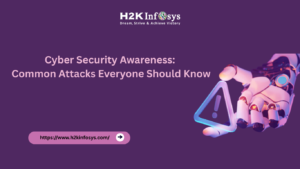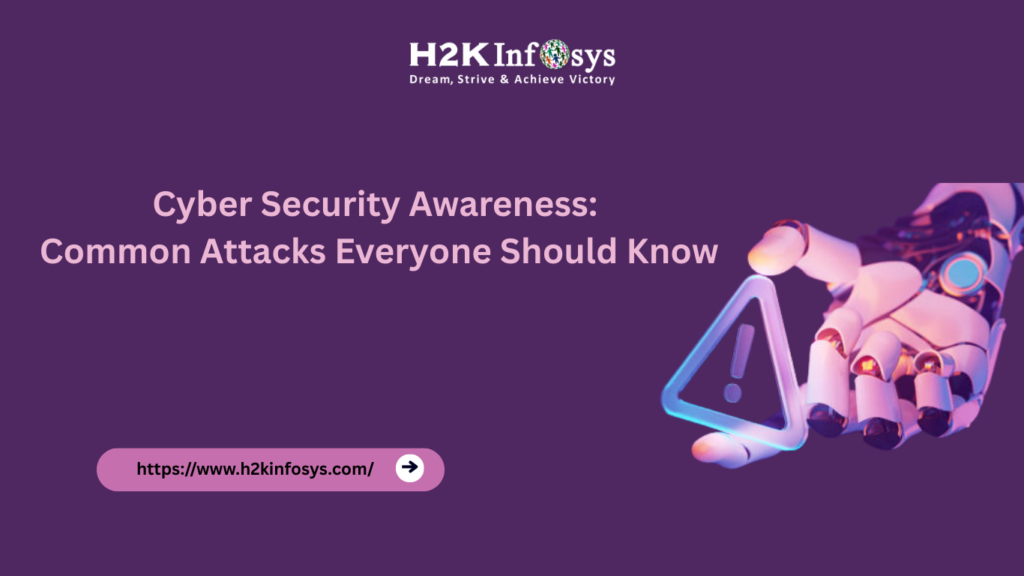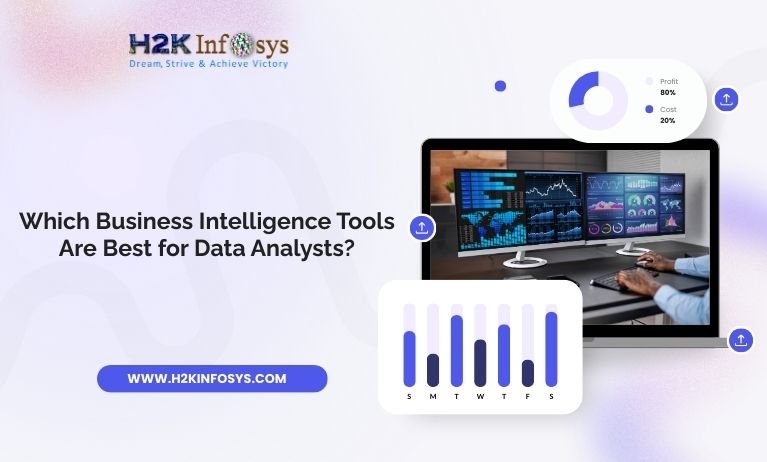Introduction:
Think about how cities manage traffic on busy roads. Cameras, sensors, and patrols work together to ensure vehicles move safely and efficiently. Without monitoring, accidents, congestion, or illegal activities could go unnoticed. In the same way, enterprise networks carry millions of packets every second, and organizations must ensure this “digital traffic” is monitored, secured, and optimized.
That’s where NetFlow Basics comes in. NetFlow is a protocol created by Cisco that acts like a “traffic camera” for networks. Instead of analyzing every single packet (which is like watching each car in detail), NetFlow summarizes traffic flows, giving administrators a clearer, high-level view.
In cybersecurity, NetFlow Basics are the foundation for smarter monitoring, early threat detection, and efficient traffic analysis. By mastering these concepts, professionals become valuable assets in organizations seeking to protect their digital assets. H2K Infosys integrates these fundamentals into its Cyber security training and placement programs, ensuring students are industry-ready.
NetFlow Basics: What Every Beginner Should Know
At its core, NetFlow tracks flows a sequence of packets that share common attributes. Understanding NetFlow Basics means knowing that a flow isn’t about individual packets but about the overall “conversation” between two endpoints.
Key attributes in flow creation:
- Source IP and Destination IP: Who is communicating?
- Source Port and Destination Port: Which services or applications are in use?
- Protocol: TCP, UDP, or ICMP, for example.
- Interfaces: The entry and exit points of traffic.
This flow-based method allows security teams to get meaningful insights without being overwhelmed by raw packet data. It emphasizes simplicity: instead of drowning in detail, analysts see trends, behaviors, and potential red flags.
Why NetFlow Basics Are Essential in Cyber Security
In a world where cyber threats are more sophisticated than ever, it plays a critical role. Let’s explore how:
- Early Attack Detection
Unusual traffic spikes—say, a surge in outbound connections could signal malware attempting data exfiltration. NetFlow captures these anomalies early. - DDoS Mitigation
Distributed Denial of Service (DDoS) attacks flood systems with fake requests. By analyzing NetFlow data, administrators can quickly spot unusual traffic from multiple sources. - Insider Threat Monitoring
Not all threats come from outside. NetFlow helps detect large, unauthorized file transfers from employees or contractors. - Post-Incident Forensics
After a breach, flow records act as a replay system. Security teams can retrace steps, identify the attack vector, and prevent recurrence. - Compliance and Governance
Regulatory frameworks like HIPAA and GDPR require monitoring and reporting of network activity. NetFlow data provides the evidence organizations need.
By beginning with NetFlow Basics, cyber security students can build toward advanced threat-hunting and forensic investigation techniques.
Core Building Blocks of NetFlow
Understanding NetFlow’s architecture is central to mastering NetFlow Basics. The system typically involves three major components:
- Exporters
Devices such as routers or switches that generate and export flow records. They sit at the edge of the network and observe all traffic. - Collectors
These are servers or software solutions that gather flow records from exporters. They store data for analysis. - Analyzers
Software that processes and visualizes flow data into Dashboards, graphs, and alerts. Analysts use these tools for decision-making.
The workflow is simple: exporters observe → collectors store → analyzers visualize. Grasping this chain is part of the practical NetFlow Basics training at H2K Infosys.
NetFlow Basics in Real-World Applications
Organizations across every sector implement NetFlow for security and optimization. Here’s how NetFlow Basics apply in real-world scenarios:
- Healthcare: A hospital can detect unauthorized access attempts to patient databases by analyzing abnormal IP flows.
- Financial Institutions: Banks monitor international connections to catch fraudulent activities like money laundering.
- E-commerce: Online retailers track traffic during big sales events to ensure servers don’t collapse under pressure.
- Government Agencies: National security networks rely on NetFlow to detect potential espionage attempts.
These cases show how mastering NetFlow Basics directly contributes to protecting critical infrastructure.

NetFlow Basics vs. Packet Capture: A Clear Comparison
Many learners confuse packet capture (PCAP) with NetFlow. Both serve monitoring purposes, but their approaches differ:
- Packet Capture
Records every packet in detail. Useful for deep investigation, but consumes enormous storage. - NetFlow
Records only summaries (who, what, where, when). It’s efficient, scalable, and ideal for ongoing monitoring.
By teaching NetFlow Basics, trainers give students the ability to quickly identify anomalies without drowning in packet-level details. Later, learners can combine flow monitoring with packet capture for a comprehensive security strategy.
Hands-On Lab: Getting Started with NetFlow Basics
At H2K Infosys, every student goes beyond theory. Our Cyber security training and job placement courses emphasize practical labs that reinforce NetFlow Basics.
Lab Example: Setting up NetFlow on a Cisco router
1. Enable NetFlow on the Router
ip flow ingress
ip flow egress 2. Configure Export Destination
ip flow-export destination 192.168.1.10 2055
ip flow-export version 9 3. Run a Flow Collector
Use software like nProbe to capture exported flows.
4. Visualize the Data
Import flow records into an analyzer to see traffic by IP, port, or protocol.
By applying NetFlow Basics hands-on, learners gain confidence and practical job skills.
Industry Data Supporting NetFlow Adoption
Statistics prove the value of NetFlow:
- Cisco’s Cybersecurity Report states that 70% of breaches involve traffic anomalies detectable through flow data.
- Gartner predicts that by 2026, 90% of enterprises will use flow-based monitoring.
- Organizations that adopt NetFlow report a 40% faster incident response time.
Clearly, mastering NetFlow Basics is not just theory it’s career survival.
Career Growth Through NetFlow Basics
In today’s job market, employers expect cyber security professionals to understand flow-based monitoring. Graduates of cyber security analyst training online who master NetFlow Basics are well-positioned for roles like:
- SOC Analyst – Detect suspicious activities in real time.
- Incident Responder – Investigate breaches using historical flow data.
- Network Security Engineer – Optimize and secure traffic routing.
- Cyber Security Consultant – Guide visibility and monitoring strategies.
By integrating NetFlow Basics into your skillset, you show employers you’re ready for real-world challenges.
NetFlow Basics Within Cyber Security Learning Paths
At H2K Infosys, cyber security training near me or online is structured so students learn NetFlow Basics as part of a broader security journey. This includes:
- Fundamentals of networking
- Firewalls and intrusion detection systems
- SIEM (Security Information and Event Management) integration
- Cloud traffic monitoring
- Threat intelligence correlation
Together, these skills create a complete, job-ready professional.
Key Takeaways
- NetFlow Basics simplifies monitoring by summarizing flows instead of packets.
- They are essential for detecting attacks, investigating incidents, and ensuring compliance.
- Real-world industries from healthcare to government rely on NetFlow-trained professionals.
- Practical labs help learners master concepts faster.
- Employers value candidates who understand NetFlow Basics, making it a career enabler.
Conclusion
In the evolving digital landscape, NetFlow Basics are no longer optional—they are essential for every cyber security professional. By mastering these concepts, you open doors to top roles and long-term career growth.
H2K Infosys offers Cybersecurity training and placement programs that cover NetFlow, monitoring tools, and advanced defense techniques.
Enroll today with H2K Infosys to transform NetFlow Basics into real-world expertise and career success.


























